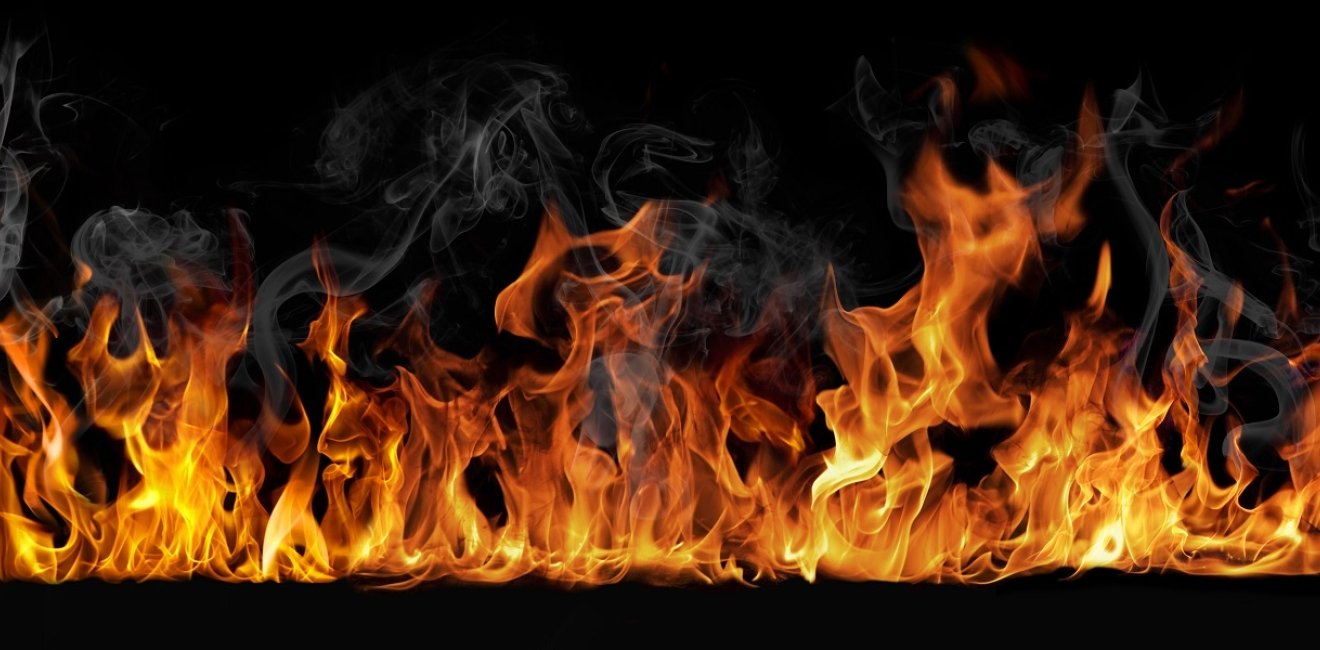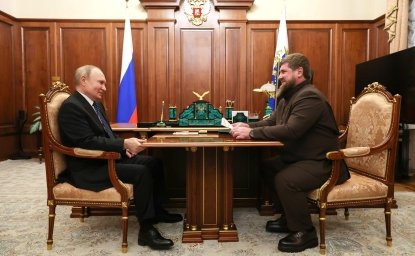Cremulator
Sasha Filipenko on why Russia incinerates itself over and over again.

A blog of the Kennan Institute
Sasha Filipenko on why Russia incinerates itself over and over again.

I didn’t plan to write this novel. Exhausted like an athlete who had just finished a marathon, I was taking time to recover from my previous book. That’s when Alexandra Polivanova, researcher from Memorial, told me she had a story for me to look at. I declined without hesitation.
The only thing I knew about Pyotr Nesterenko, the man whose file Alexandra proffered me, was that he had served as the first director of the Moscow crematorium and in this position may have helped the NKVD, Stalin’s secret police, cover up their crimes. There was nothing else I wanted to know about him, but, like a seasoned drug dealer, Alexandra kept pushing his file on me: “Go on, take a look, and then we’ll talk.” And so I did.
Nesterenko was arrested as a potential German spy in June 1941, the day after Nazi Germany attacked the Soviet Union. The protocols of his interrogations, which began in Moscow and continued in the evacuation in Saratov, didn’t impress me: yet another fabricated case, so typical of the time. I had seen a sea of those over the years. Worse: there are parts of the file one is still not allowed to read or photocopy. Some of the pages are encased in a special paper envelope, probably concealing the details of Nesterenko’s recruitment by security services. Why keep these details secret after all these years? Likely because recruitment methods remain the same in Russia to this day.
I told Alexandra that I saw nothing interesting in this file: a case like any other—false accusations, denunciations, and a fabricated verdict.
Yet over the following weeks, I found myself returning to Nesterenko’s story again and again. Just think about it: a White officer who took part in World War I and the Civil War and managed to fight for the Whites and for the Reds, for the Germans and for the Ukrainians; a pilot who survived a plane crash, and was forced to emigrate and travel from country to country; a cab driver in Paris who returned to Moscow to become the first director of the newly created Moscow crematorium. Not a dull story by any means, even if covered in ashes.
Who was he? A model opportunist? A true chameleon? Or simply someone who had the dubious luck of having been born in the Russian empire in the late nineteenth century? Before I knew it, the seeds of the new book began to grow inside me. Damn, I thought: this guy lived a really interesting life. In the mornings, he cremated Soviet big shots (Sergo Ordzhonikidze, Maxim Gorky, Vladimir Mayakovsky). At night, the NKVD brought him corpses of the executed so as to have the crimes of the state erased. Did this guy ever sleep?
New questions popped up every day. Why did he return to Moscow after having lived in Warsaw, Berlin, Belgrade, and Sofia? How did he dispose of the ashes? How many could he cremate per night? Could he save time by loading two corpses into the furnace at once? (The answer is yes.) Did Nesterenko not realize that returning to the USSR would end badly for him? Did he really hope that the Soviet authorities would let him fly a plane again? Did he truly believe he could cheat death?
And so I started to write. My days filled with diaries and documents, cemeteries and crematoria, museums and archives. . . .
Rather than lift him up into the sky, life forced Nesterenko down into the basement of the former Donskoy Monastery, which had been transformed into a crematorium. The entire country seemed to have passed through here. Here he cremated friends and enemies of the state, loyal comrades and traitors. He incinerated prisoners and aborted fetuses, train drivers and metal workers, postmen and foremen, athletes and sailors. Once, he cremated faculty and students of the Gorky Pedagogical Institute—forty-five bodies in one night. Komsomol activists and members of the Politburo, Polish and Yugoslavian secretaries of the Central Committee, Marshall Tukhachevsky, the Red Army commanders Uborevich, Yakir, and Kork—all of them passed through his oven at night. Nesterenko poured all of their ashes into the cremulator and for a moment must have truly believed that he himself would escape death.
Who were you, comrade Nesterenko—a victim, a criminal, or an accomplice? Perhaps a phoenix, who would recognize that the only way for him to soar into the sky would be to turn into ash.
Keen on finding himself in a cockpit again, Nesterenko proposed an astonishing idea: to build an airfield on the grounds of the Donskoy Cemetery so that airplanes could scatter the ashes of the cremated over Moscow. Today this sounds grotesque, but in the late 1920s Nesterenko did not look like a madman at all. The Soviet Union actively promoted cremation. In the first few years of the practice, one could get a ticket to watch cremation live. Through a special opening in the furnace one could watch the coffin go up in flames, bones and joints get scorched by fire, cartilage and brains evaporate. The crematorium would soon stop selling tickets: the gawking crowds next to the oven got in the way of operations.
Curious fact: The oven was manufactured by J. A. Topf and Sons, the same German company that would later produce ovens for Auschwitz and other Nazi death camps. It is forbidden to compare the USSR with Nazi Germany in today’s Russia, but the situation begs for a comparison: Nesterenko worked closely with the Soviet regime’s most notorious butchers—Vasily Blokhin, Grigory Golov, and Isay Berg—that same Berg who invented gas vans ahead of the Nazis.
There was a difference, though: unlike the German SS, Berg wasn’t seeking new and more efficient ways to slaughter people. On the contrary, Berg made his discovery by accident. At some point he got tired of hearing the condemned make a racket inside the bread vans taking them to the execution sites and ordered that gas be piped into the vans to quell the passengers so as to get them to the shooting in peace and quiet. Imagine his surprise when one day he opened the doors of a van to find there was no need to shoot anyone anymore. Even in these horror Olympics, Soviet comrades were ahead of their Nazi counterparts.
I titled the novel The Cremulator. The word has echoes of the Kremlin in it, but it’s an actual device. A cremulator is a mill that grinds whatever remains after cremation into fine powder. (Even after ninety minutes in an oven, some bone fragments fail to burn completely.) I can’t imagine a better metaphor for the Soviet repressive apparatus.
I kept working on the novel, and finally there was just one thing left to figure out. Recognizing that his own death was near, Nesterenko began preparing for the final battle: he (and therefore I, the author) started to think about how to cheat death. Knowing everything about executions and realizing that one day an NKVD officer would put his overheated gun to his head too, Nesterenko thought hard about how to act in the last minutes of his life. He seems to have found an answer.
To assemble my Cremulator, I got hold of Nesterenko’s case file from the archives, browsed hundreds of other cases, photos, and diaries, spent weeks at cemeteries and crematoria, and traveled to all the cities my protagonist had ever visited. Many people helped me along the way. They can’t be named here: they are still trapped inside the newly built cremulator—today’s Russia.
This article is a translation of a piece that originally appeared on In Other Words. It is based on Filipenko’s historical novel, Cremulator.
The opinions expressed in this article are those solely of the author and do not reflect the views of the Kennan Institute.


The Kennan Institute is the premier US center for advanced research on Eurasia and the oldest and largest regional program at the Woodrow Wilson International Center for Scholars. The Kennan Institute is committed to improving American understanding of Russia, Ukraine, Central Asia, the South Caucasus, and the surrounding region through research and exchange. Read more




